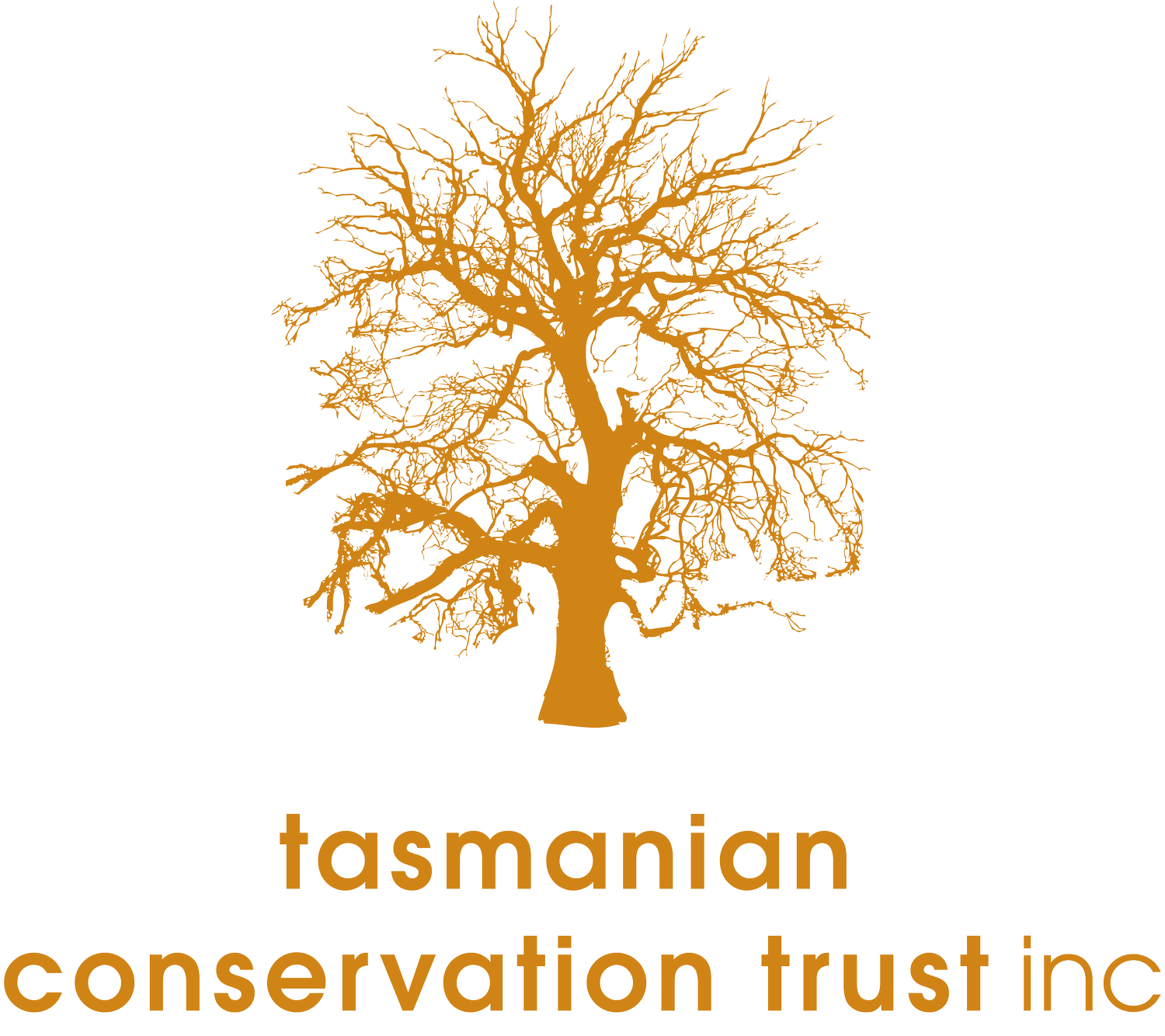On the 18 February 2013 the Australian Government decided that the Van Diemen's Land Company (VDL) dairy farm expansion proposal at its Woolnorth property is a controlled action under the EPBC Act and will be assessed by an environment impact statement. In our submission on VDL’s referral to the Australian Government, we recommended that this proposal be rejected outright but, if not, that it should be assessed through the most stringent assessment process. Having this proposal assessed through an EIS is a good outcome and is certainly justified.
State of the Forests Tasmania 2012
The State of the Forests Tasmania 2012 was tabled in the state parliament at the end of November 2012.
Although it hardly registered a blip in the media or in the state parliament, the report is an important component of Tasmania’s environmental reporting and provides a key role in the five yearly reviews of the Tasmanian Regional Forest Agreement (the next review is due in 2014). It also provides many important facts in regard to forest conservation and management which should of use to those currently debating the Tasmanian Forest Agreement Bill.
Listing of giant kelp forests as endangered
In August 2012 the Minister for Sustainability, Environment, Water, Population and Communities, Tony Burke, decided to list the ecological community ‘Giant kelp marine forests of south east Australia’, as endangered under the Environment Protection Biodiversity Conservation Act 1999. The listing recognises the severe decline, up to 98% in the case of one population, in the area of sea floor covered by giant kelp forests off Tasmania, which has been a cause of concern among scientists and conservationists for more than a decade.1 The original nomination in 2009, by Humane Society International, specified giant kelp forests in Tasmanian waters, but the listing also covers the occurrence of the community off Victoria and South Australia.
Use of 1080 poison spikes
While the use of 1080 poison for control of native browsing animals reached a historic low in the financial year ending 30 June 2012 (just 0.42kg statewide), it has spiked since then, rising to 0.588kg for the period 1 July to 30 November 2012. Minister Brian Wightman is committed to ‘reducing the level of 1080 use in line with’ the Tasmania Together target of zero 1080 use by 2015. The TCT will continue to push for 1080 use to be reduced in order to reach this goal. Note: although the Tasmania Together board has been abandoned for cost-cutting reasons, the Premier has committed to retaining the TT targets.
TCT Forests Policy Addendum – biodiversity priorties
The TCT already has a forests policy (available on the TCT website) but we have decided that there is a need to provide more detail on what our nature conservation and, in particular, our biodiversity priorities are. We hope to address geoheritage issues later. This article outlines a draft addendum to our forest policy, which will be completed over the next few months. One purpose is to provide further evidence to support TCT’s statements made over the last two years regarding the inadequacy of current and proposed public land reserves in addressing the conservation requirements of many biodiversity values, most of which are found on private land.
Land clearing at VDL
The TCT first became aware that the Van Diemens Land Company (VDL), based at Woolnorth in north-west Tasmania, was intending to clear native forests after reading an article from the Mercury newspaper, ‘$180m dairy plan a cash cow’ on 23 August 2011. The article included an unattributed comment that some of VDL’s 7000ha of forests would be cleared as a part of its planned dairy expansion. Since then we have received reports that VDL intended to clear 2500ha, and from another source 4000ha, of native forests. This scale of clearing on one property has been unheard of for many years in Tasmania and comes two and half years before the state government’s long-held commitment to ceasing all broadscale clearing on private land comes into effect. As far as we know, VDL has not yet made an application for a permit to clear native forest.
Tasmanian Weed Alert Network
The Tasmanian Weed Alert Network is a group of volunteers looking out for serious new weeds in Tasmania. Volunteers come the across livestock, cropping, forest and mining industries, the community and government. We have around 80 volunteers spread across the state, including on the Bass Strait islands.
Alternatives to 1080 Program
Draft Agricultural Chemicals Regulations too Weak
Sometimes it is easy to get upset with environmentalists who seem to object to the use of virtually any agricultural chemical and fail to offer evidence; it is easy to say they are just being too emotional. Such a criticism would be justifiable if the state government, which is responsible for permitting agricultural chemical use, actually upheld higher standards of evidence.


